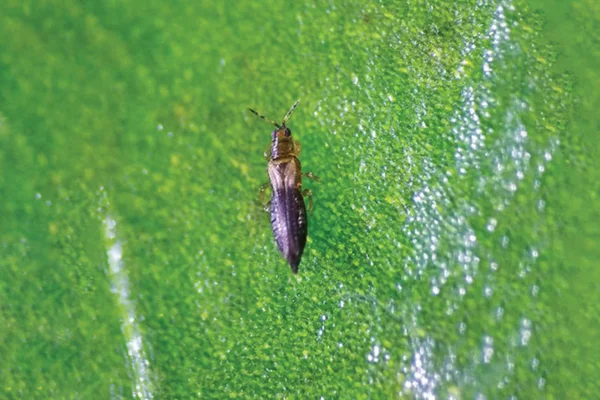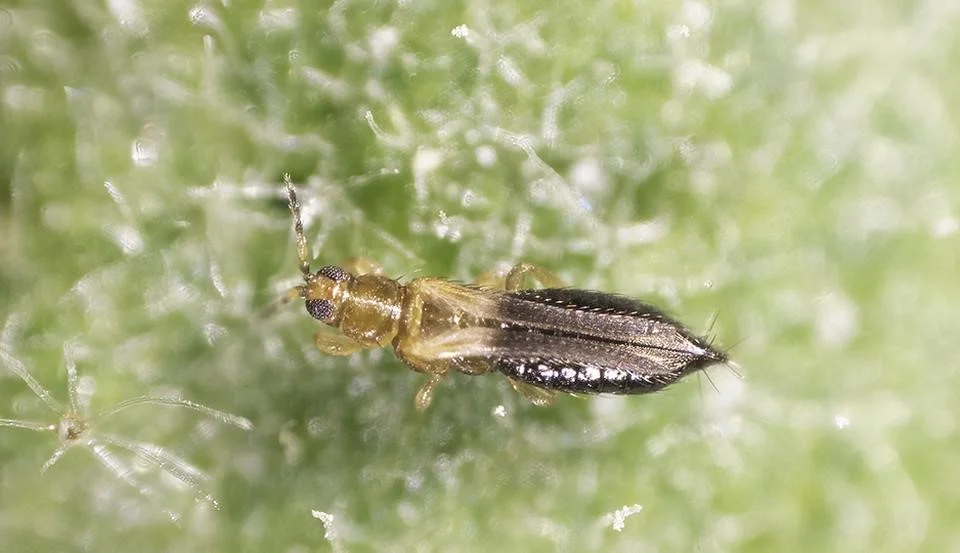Thrips Parvispinus, an invasive pest species, is threatening chilli crops in Telangana and Andhra Pradesh.
About Thrips Parvispinus:
- It is an invasive pest species of quarantine importance and is found across South East Asia.
- Thrips are a group of sucking pests that cause significant economic losses both as pests and vectors of serious plant viruses in several horticultural crops.
- It is reported to affect vegetable crops like chilli, Capsicum, green beans, potato, brinjal and fruits like papaya.
- The adults colonize mainly on flowers and underside of leaves while larvae restrict themselves to under surface of the leaves.
- Both adults and larvae damage plants by rasping and sucking of the plant sap.
- Heavy infestation affects the growth of the plant, flower drop and reduces fruit set and development, which results in yield loss.
- Outbreak of sucking pests like thrips may occur due to changes in crop production patterns, pesticide usage and climate change
Potential damage to Chili thrips:
- T. parvispinus might have dominated/replaced the native chili thrips (Scirtothrips dorsalis) through competition.
- The change in weather/climatic conditions during the crop season could potentially favour it and result in a sudden upsurge in the chili ecosystem.
- This can increase by the absence of natural predators, coupled with the excessive use of chemical pesticides and staggered plantings.
- A joint study by Indian Council of Agricultural Research (ICAR), Directorate of Plant Protection, and Quarantine and Storage (DPPQS) revealed a 40-80% rise in damage in Andhra Pradesh and Telangana.
- DPPQS is India’s National Plant Protection Organization (NPPO) under the Ministry of Agriculture and Farmers Welfare.
Mitigation:
- This can be mitigated by policy interventions like pest surveys, monitoring, restoration of soil fertility in all chili growing fields, etc.
- The action plan includes promotion of cultural practices like deep summer ploughing, intercropping, clean cultivation, balanced use of fertilisers, uprooting of plant debris etc.
- Integrated Pest Management (IPM) strategies can be used for pest control.
- IPM is a science-based process that uses a combination of biological, cultural, and chemical practices to manage pest damage.
- Post-entry quarantine of plants and seeds should be regulated as per Plant Quarantine (PQ) Order 2003, which regulates the import of plants and plant products into India.
Ref: Source
| UPSC IAS Preparation Resources | |
| Current Affairs Analysis | Topperspedia |
| GS Shots | Simply Explained |
| Daily Flash Cards | Daily Quiz |



